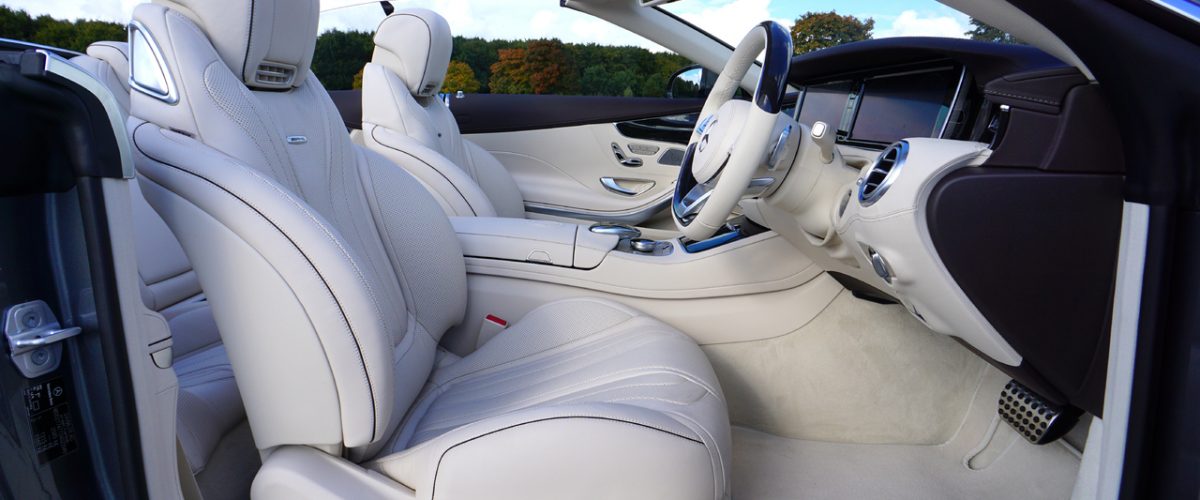By H&H Admin
One of the most important decisions you will ever make is the type of car to buy.
One of the most important decisions you will ever make is the type of car to buy. A lot of thought needs to go into narrowing down your final choice and simply basing your choice on how much admiration you will get is not the best idea.
Before you have your heart set on a car that doesn’t adequately meet your basic safety and lifestyle needs, here are a few essentials you shouldn’t compromise on.
While the purpose of a car is to get you from point A to point B, doing so safely is optimal. With that in mind first on our list is:
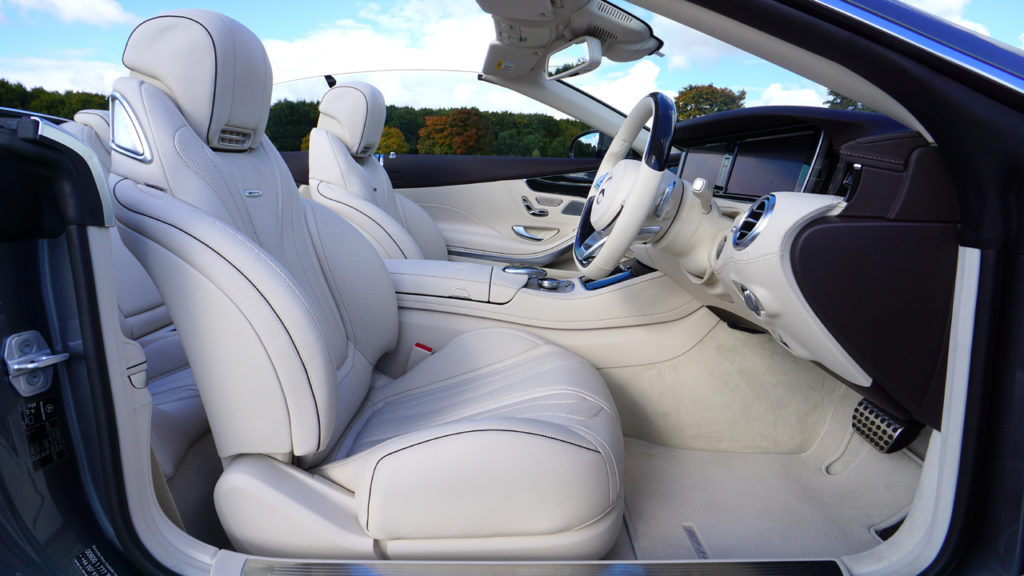
- Frontal Airbags
Frontal airbags have been standard on new cars since the late 1900s. Airbags save lives when used in conjunction with seatbelts. Airbags work as a result of crash sensors connected to an onboard computer, which detect a frontal collision then trigger the bags. Once a crash has been detected, the airbags inflate within a matter of milliseconds, they deflate almost immediately.
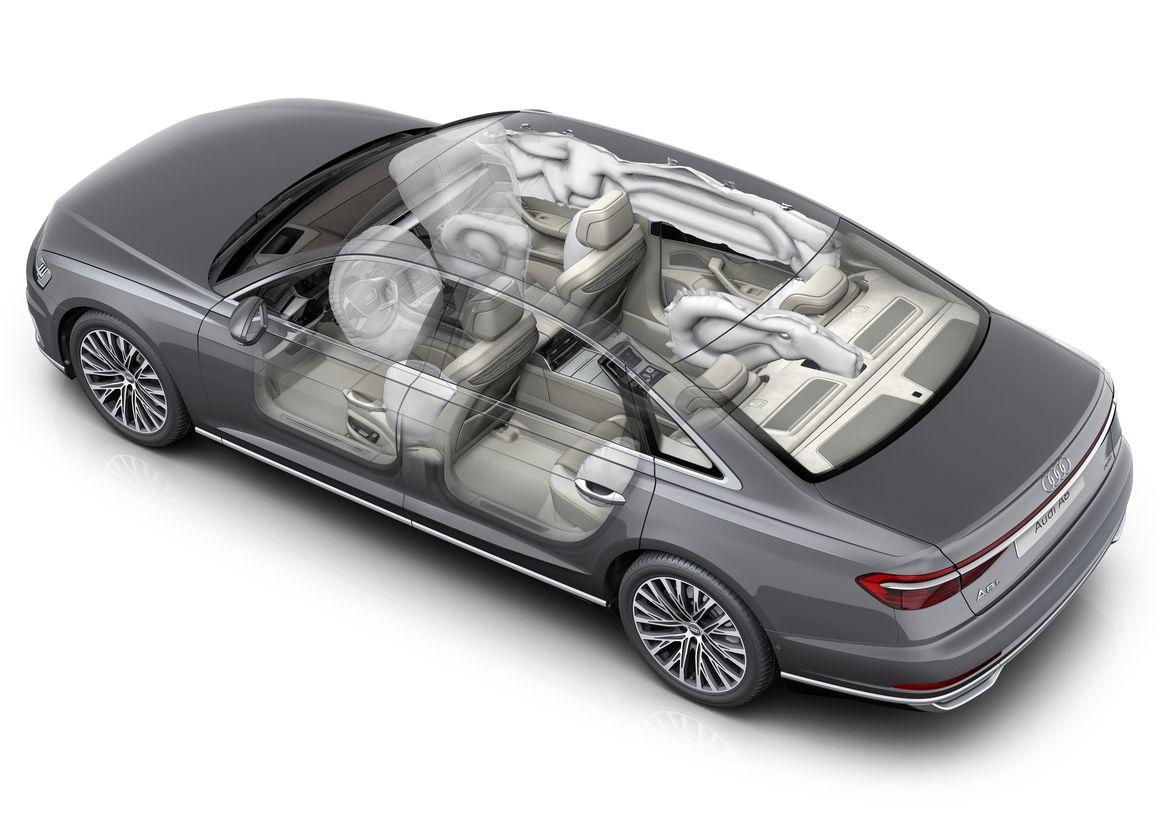
2. Antilock Brakes System (ABS)
It’s all too easy to lock up the wheels (stop them from turning) during hard braking and this is what used to happen before the advent of ABS. Antilock brakes use sensors at each wheel and a computer to maximize the braking action of each individual wheel and prevent each from locking up.
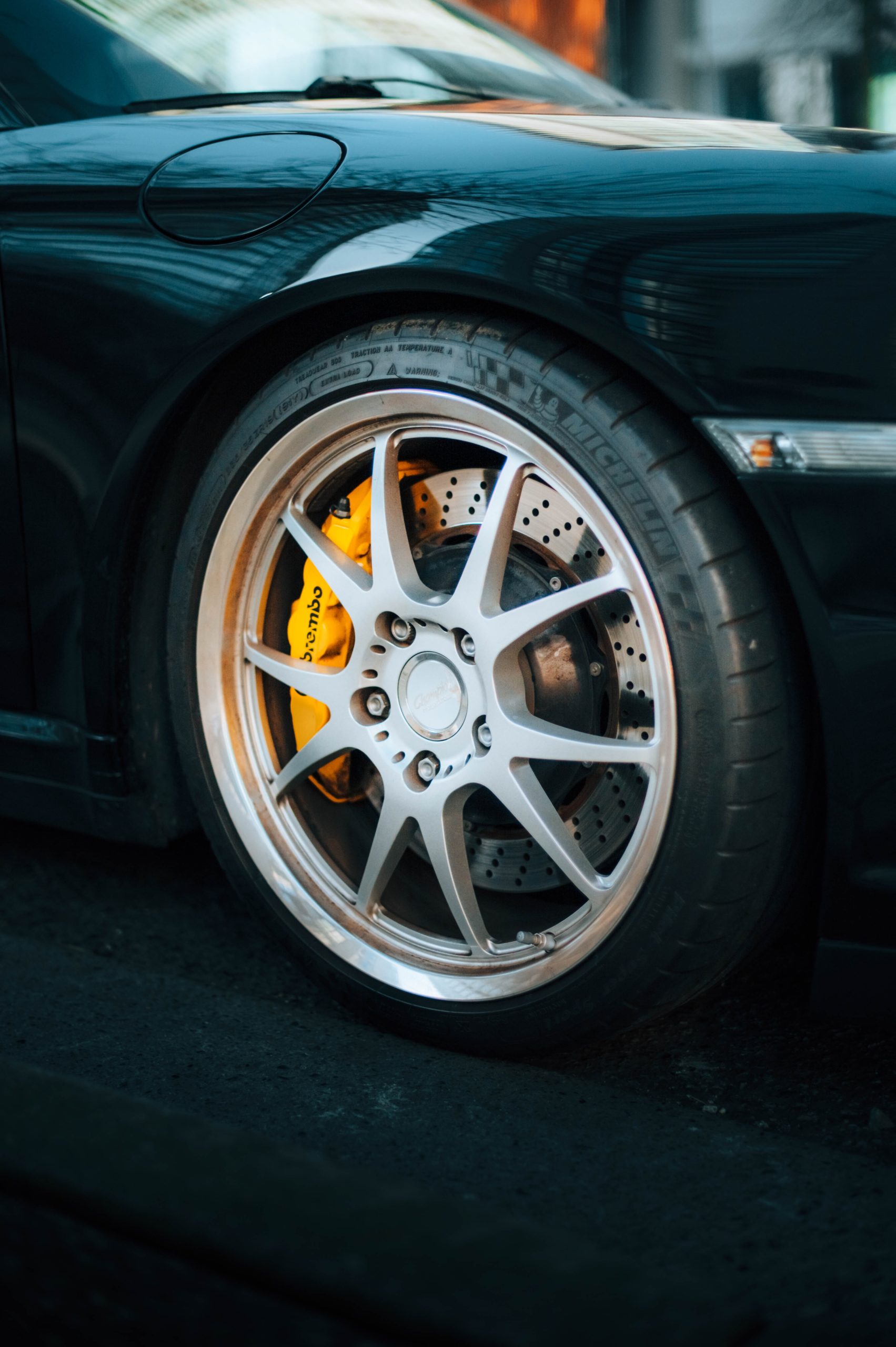
Furthermore, ABS allows the driver to maintain steering control while braking, so that the car can be navigated around an obstacle. Drivers unaccustomed to cars with ABS generally get a fright when the antilock braking system kicks in.
This is due to the pulsing sensation which comes through the brake pedal and the shuddering ruckus emanating from the wheels. What sounds and feels like a ‘commotion’ is just the antilock system speedily applying the brakes to provide maximum power and control.
What all drivers need to do, is maintain the pressure on the pedal and let the system do its job, which is bringing the car to a complete stop.
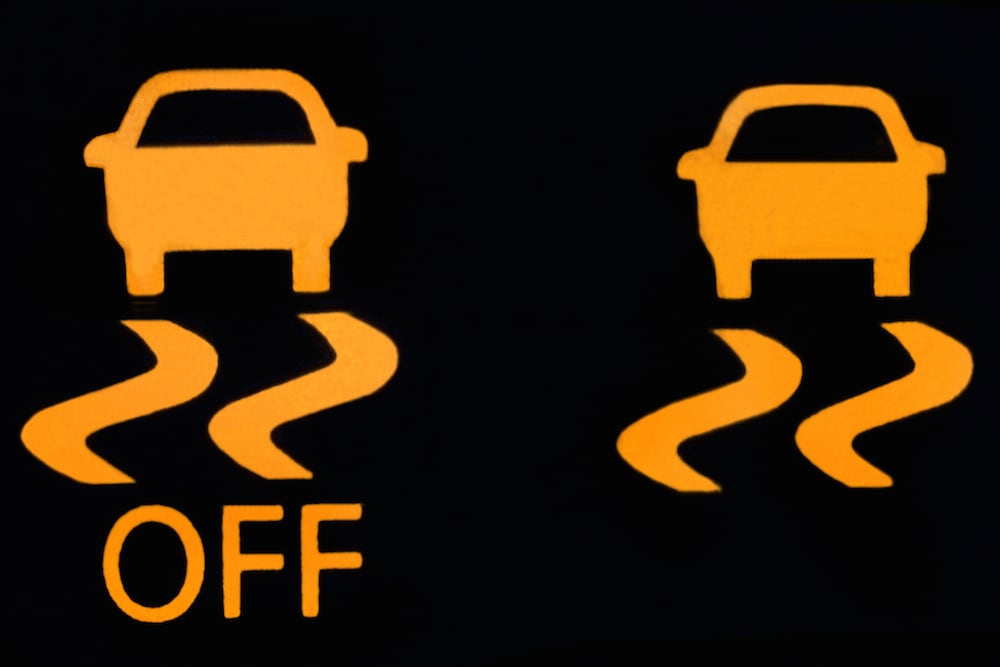
3. Traction Control
This electronically controlled system limits wheel spin during acceleration so that the drive wheels have maximum grip. Traction control becomes especially useful when starting off in wet or slippery conditions or when taking off in a vehicle powered by a high-capacity engine.
In most cars, the traction control system used the car’s antilock braking system to momentarily brake a spinning wheel. The redirects power to the opposite drive wheel. Some systems also may throttle back the engine and upshift the transmission to prevent wheel spin.

4. Electronic Stability Control (ESC)
Electronic stability control (ESC) takes traction control a step further. ESC helps keep the vehicle on its intended path during a turn as well as avoid sliding or skidding. The system uses a computer linked to a series of sensors that detect wheel speed, steering angle, sideways motion, and rotation (yaw).
If the car drifts outside the driver’s intended path, the stability-control system momentarily brakes one or more wheels and, depending on the system, reduces the engine’s power to pull the car back on course.
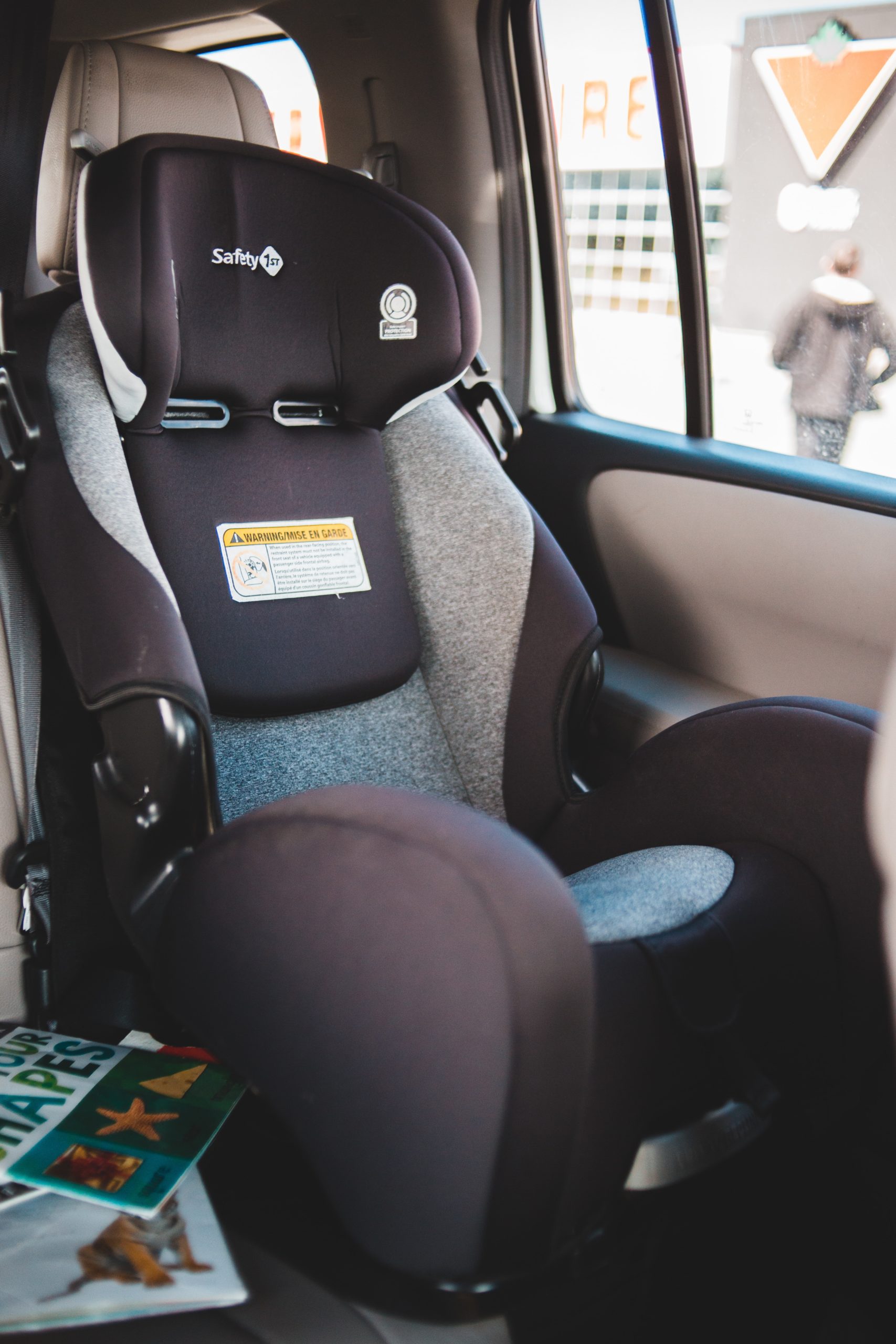
5. ISOFIX Fittings
All vehicles are now required to have ISOFIX fittings to make child-seat installation easier. The system features built-in anchors affixed to the frame of the car.
Designed to encourage the use of child restraints to make fitting a child car seat more secure, ISOFIX fittings give parents peace of mind that their little ones are secure inside a moving vehicle.

6. Parking Assist Systems
This system uses sensors embedded in the front, rear, or both bumpers that alert you – at parking speeds – of obstacles such as walls, poles, other vehicles, or even small children.

Some of the above mentioned features used to be exclusive to high-priced sports cars, luxury SUVs and sedans but can now be found in some entry-level models. That said, it is a worthwhile exercise to ensure that these features come as standard in your car.
